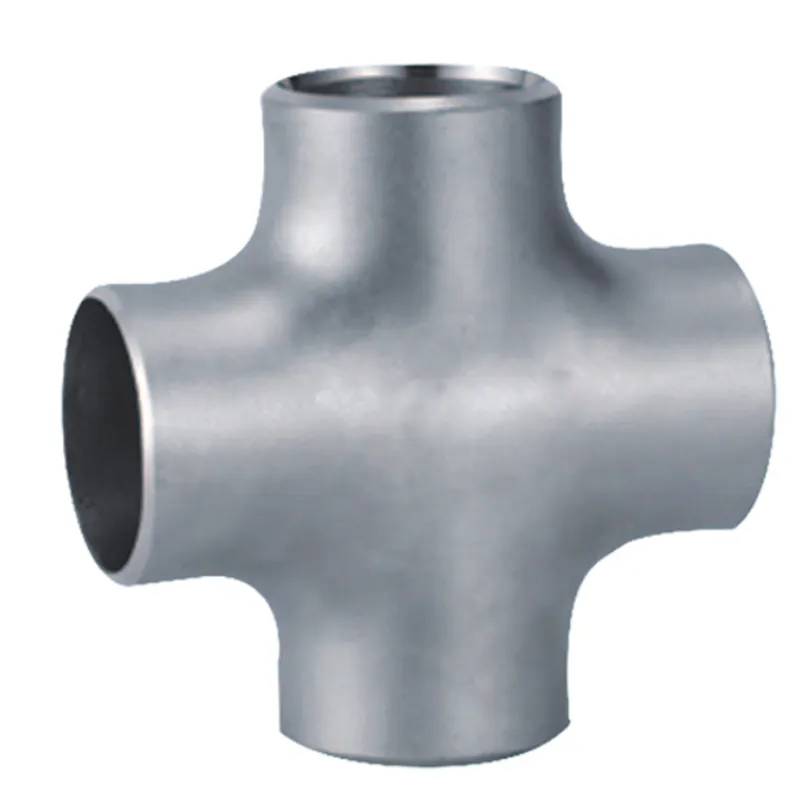-
Cangzhou Yulong Steel Co., Ltd.
-
Phone:
+86 13303177267 -
Email:
admin@ylsteelfittings.com
- English
- Arabic
- Italian
- Spanish
- Portuguese
- German
- kazakh
- Persian
- Greek
- French
- Russian
- Polish
- Thai
- Indonesian
- Vietnamese
- Zulu
- Korean
- Uzbek
- Hindi
- Serbian
- Malay
- Ukrainian
- Gujarati
- Haitian Creole
- hausa
- hawaiian
- Hebrew
- Miao
- Hungarian
- Icelandic
- igbo
- irish
- Japanese
- Javanese
- Kannada
- Khmer
- Rwandese
- Afrikaans
- Albanian
- Amharic
- Armenian
- Azerbaijani
- Basque
- Belarusian
- Bengali
- Bosnian
- Bulgarian
- Catalan
- Cebuano
- China
- China (Taiwan)
- Corsican
- Croatian
- Czech
- Danish
- Esperanto
- Estonian
- Finnish
- Frisian
- Galician
- Georgian
- Kurdish
- Kyrgyz
- Lao
- Latin
- Latvian
- Lithuanian
- Luxembourgish
- Macedonian
- Malgashi
- Malayalam
- Maltese
- Maori
- Marathi
- Mongolian
- Myanmar
- Nepali
- Norwegian
- Norwegian
- Occitan
- Pashto
- Dutch
- Punjabi
- Romanian
- Samoan
- Scottish Gaelic
- Sesotho
- Shona
- Sindhi
- Sinhala
- Slovak
- Slovenian
- Somali
- Sundanese
- Swahili
- Swedish
- Tagalog
- Tajik
- Tamil
- Tatar
- Telugu
- Turkish
- Turkmen
- Urdu
- Uighur
- Welsh
- Bantu
- Yiddish
- Yoruba

Nov . 13, 2024 09:34 Back to list
metal flange plate
Understanding Metal Flange Plates Key Features and Applications
Metal flange plates are integral components in various engineering and construction applications, serving a diverse range of purposes across different industries. These plates, often made from steel, aluminum, or other metals, feature a protruding rim that facilitates connection, stabilization, and reinforcement of structures. Their design and material properties significantly influence their performance and suitability for specific applications.
Key Features of Metal Flange Plates
1. Durability and Strength Metal flange plates are designed to endure high levels of stress and environmental factors. The choice of metal—commonly stainless steel, carbon steel, or aluminum—affects their strength, corrosion resistance, and weight. Stainless steel, for example, is highly resistant to rust and corrosion, making it ideal for outdoor and marine applications.
2. Varied Sizes and Shapes Flange plates can be manufactured in numerous sizes and shapes to accommodate different engineering needs. This flexibility allows for customized solutions that fit unique structural designs, from small brackets to large industrial mounts.
3. Ease of Installation The flange design simplifies the process of connecting two parts. Holes are typically pre-drilled for bolts or screws, making assembly straightforward. This feature is particularly beneficial in scenarios where quick installation is essential, such as in emergency repairs or temporary structures.
4. Load Distribution The flange enhances load distribution across connected surfaces, which decreases stress concentrations and prolongs the lifespan of the components. This characteristic is critical in applications such as bridge construction, where the distribution of weight ensures structural integrity and safety.
Applications of Metal Flange Plates
metal flange plate

Metal flange plates are utilized in various sectors, including construction, manufacturing, automotive, and aerospace. Their applications are vast and varied
- Construction In building frameworks, metal flange plates serve to connect beams, columns, and other structural elements
. They provide stability to the overall structure, ensuring that forces are evenly distributed across connected parts.- Pipelines In the oil and gas industry, metal flange plates are used to connect sections of pipes, ensuring a tight seal that prevents leaks. They are critical in maintaining the integrity of the system that transports liquids and gases.
- Machinery In machinery assembly, metal flange plates are often employed to mount and secure various components, such as motors and gearboxes, reducing vibration and enhancing performance.
- Automotive and Aerospace In the automotive sector, these plates are essential for the assembly of frames and bodies of vehicles. Similarly, in aerospace applications, metal flange plates support critical components, ensuring they withstand aerodynamic stress during flight.
Conclusion
In summary, metal flange plates are vital components in numerous industries, providing strength, durability, and ease of installation for various applications. Understanding their features and benefits can help engineers and contractors make informed choices when selecting the appropriate materials for construction and manufacturing projects. As technology advances, the design and production of metal flange plates will continue to evolve, leading to even greater efficiency and effectiveness in their applications.
Latest news
-
ANSI 150P SS304 SO FLANGE
NewsFeb.14,2025
-
ASTM A333GR6 STEEL PIPE
NewsJan.20,2025
-
ANSI B16.5 WELDING NECK FLANGE
NewsJan.15,2026
-
ANSI B16.5 SLIP-ON FLANGE
NewsApr.19,2024
-
SABS 1123 FLANGE
NewsJan.15,2025
-
DIN86044 PLATE FLANGE
NewsApr.19,2024
-
DIN2527 BLIND FLANGE
NewsApr.12,2024
-
JIS B2311 Butt-Welding Fittings LR/SR 45°/90° /180°Seamless/Weld
NewsApr.23,2024











